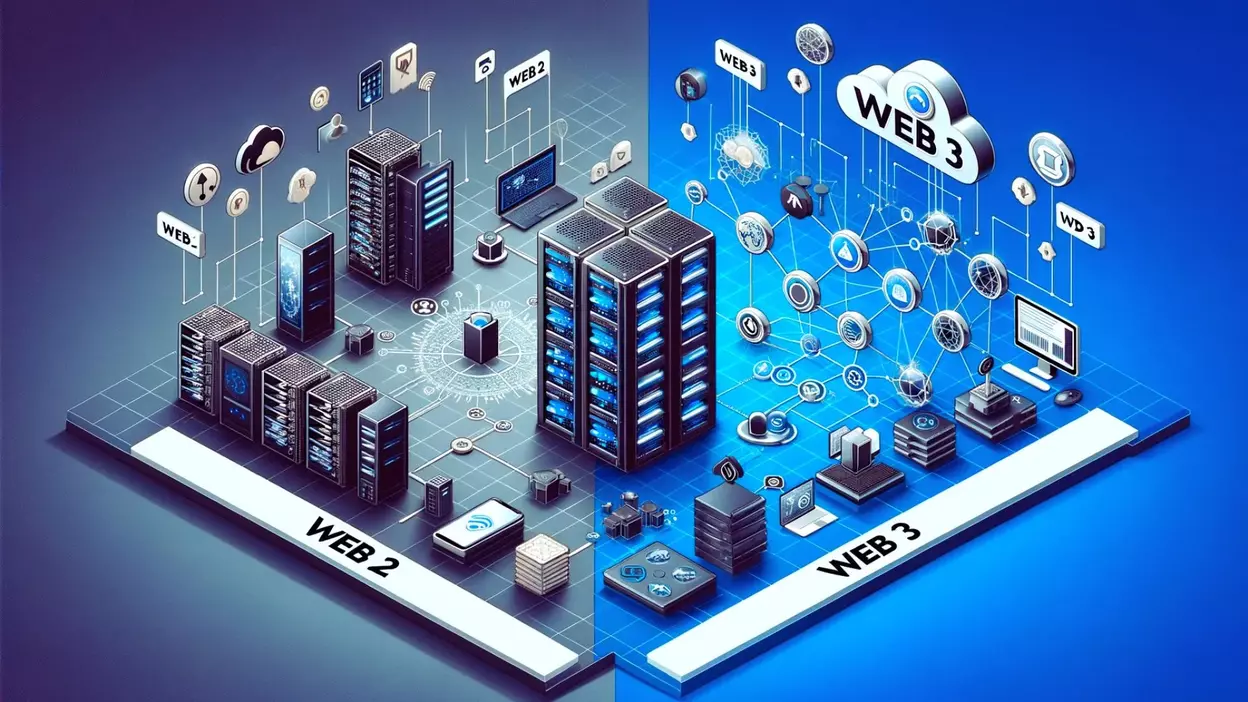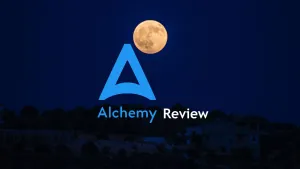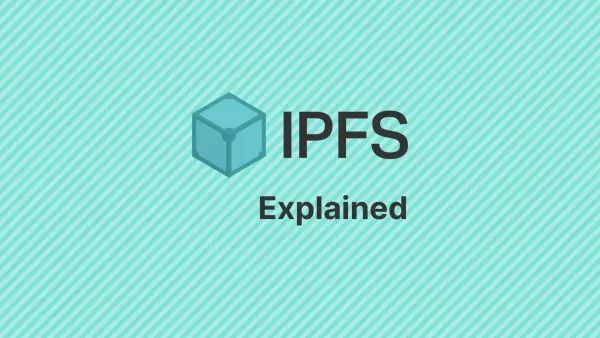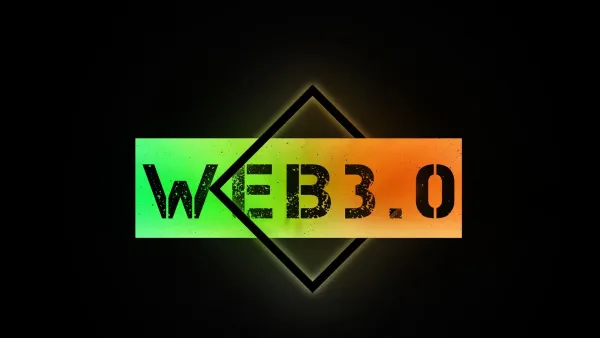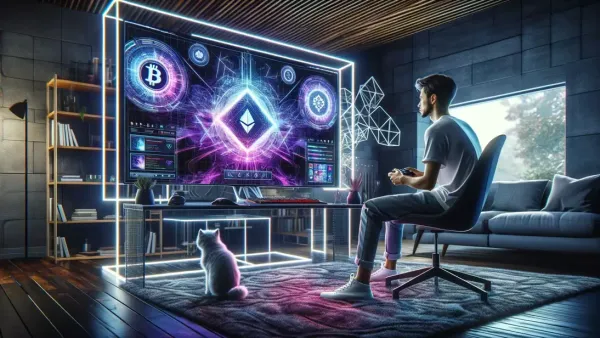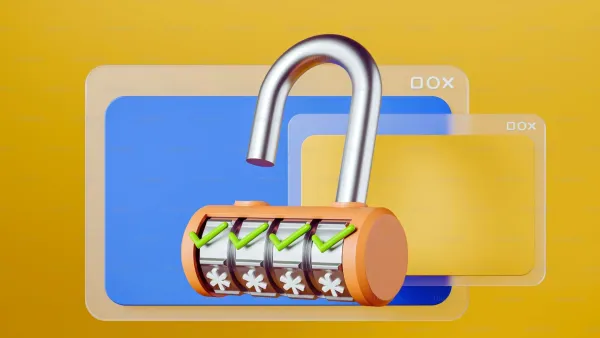The decentralized web is a network of peer to peer computers that are privately owned, which work together to provide a secure, and private network. The upcoming Web3 internet is predicted to be a decentralized web regulating user content. It will integrate AI as a key feature and accept digital currencies as a form of payment.
Web3 represents the next generation of the internet, aiming to reduce dependence on Big Tech companies like Amazon, YouTube, and Netflix by adopting decentralized protocols.
How Is Web3 Advancing The Internet We Use?
To understand how Web3 is going to revolutionize the internet we use, we should delve into finding the key differences that give Web3 an upper hand over Web2.
1. Structure
Web2 has a centralized architecture, which is dominated by large-scale companies like Google. Meta, and Amazon. These major platforms monopolize algorithms, content distribution, and data.
Web3 on the other hand aims to offer a decentralised architecture by the use of blockchain technology and peer-to-peer networks. This technology distributes data and applications across the network and reduces reliance on one single organization.
2. User Participation
Since the user data is monetized by the platform and services, it is not used actively by consumers in Web2. This does not offer any direct benefit to the users.
Using Web3, users can create, monetize, and share their own data and content which in turn makes user participation active. Users can govern their own data using the decentralized platform.
3. Ownership
Web2 does not offer direct ownership of the data generated since the platform has a closed ecosystem. Value or ownership mainly stays within the platform.
Web3 on the other hand offers a distributed token system because of which value is distributed. Ownership of assets, data, and platform access is controlled by the user. Users can participate in value creation.
4. Data Management
User data and content are controlled and stored by the platform in Web2. This centralized system lacks the security and privacy to manage the data.
Web3 offers technology like Self-sovereign identity (SSI) that gives users more control over their data. This facilitates users to store data on the blockchain securely and transparently.
5. Economic Models
Web2 follows an Advertising-driven economic structure. Data is collected and used for advertising and profiling.
Web3 aims to provide a token-based economic structure. Here users will be rewarded for their participation and contributions. The model is based on ownership and value creation.
Web3 offers better structure, user ownership, participation, data management and economic structure. It eliminates the dependance on a centralised authority. Web3 promotes transparency, trust and self governance by utilizing blockchain tech
How Has Decentralization Impacted The Web?
Decentralization has brought about a lot of change in the way that the Web works. It has given users more control over their data, experience, and content.
Decentralized data storage makes it harder for large corporations to collect and control data. This has enhanced trust and security on the blockchain.
Platforms can incorporate new features and functionalities that previously could not be enabled in the centralized system. Functions like peer-to-peer payments, community-owned governance, and censorship-resistant content are now possible because of decentralization.
The distributed network makes it hard to manipulate or hack into the system, as a result, it makes the network more secure and resilient. Data stored is immutable, that is, anyone can verify how authentic a particular data is without altering or deleting the data on the blockchain.
The decentralized platform allows users to directly earn without depending on intermediaries or advertising. This is made possible by subscriptions, tokenization, and micropayments. The platform is more resistant to censorship. No one can control or delete content on the platform. Users can express themselves with a wider reach of audience.
Platforms are owned by communities rather than large corporations because of decentralization. This makes the web more collaborative for curation and content creation.
User Experience
User Experience (UX) in Web3 is always evolving and offers exciting possibilities.
1. Empowerment
Users get to select their own platform, own the data, and control how they interact with the internet. This personalizes the experience by making the user a active participant.
2. Offers Privacy
Blockchain technology makes the data more secure and private. Users have more control over how the data is stored and used. This reduces reliance on central authorities with possibly less transparent practices.
3. Monetization
Users can earn online in new ways through tokenized ownership, subscriptions, or micropayments. The use of traditional platforms can be bypassed because of technologies adopted by Web3. Users can now profit from DeFi or play to earn games.
4. Community-Driven Governance
Users get to have a say in decision-making since platforms will be community-governed rather than have a central authoritative governance. This will make the platform more responsive and democratic.
5. Censorship Resistance
Since the platform is decentralized, it will be harder to censor information. This might be particularly important for marginalized communities and diverse perspectives.
Emerging Technologies
1. Smart Contracts And Wallets
Web2 comprises of web applications that are put into place by front-end and back-end technologies. It relies on the software that runs on a large centralized server that continuously transmits data.
On the other hand, blockchain is made up of thousands of devices that share the weight of the transaction over a distributed network. Web apps and dApps follow the same front-end technology, whereas their back-end technologies are different.
Wallets help to keep track of blockchain addresses and private keys. These wallets activate smart contracts that conduct transactions by interacting with the blockchain when predetermined conditions are met.
2. Artificial Intelligence (AI)
AI plays a vital role in Web3 as it powers machine learning algorithms, data analysis, and smart contracts. AI facilitates smart contracts to be more user-friendly and intelligent. User experience can be personalized on Web3 by optimizing resources in the decentralized network. AI enables predictive analysis for applications that work on DeFi.
3. Tokenization
Tokenization, a new technology that came with the emergence of Web3, allows real-world representation of digital assets with digitized tokens. This allows fractional ownership and secure transfers on the blockchain. NFTs like music and artwork can be tokenized and used to invest, interact, and fund projects. The same way shares or physical assets can be tokenized.
4. Internet Of Things (IoT)
Unlike Web2, Web3 is aiming to expand its reach. Web3 has integrated Internet of Things (IoT) technology into its applications. This lets Web3 applications interact with sensors and objects in the real world. It opens new possibilities in automation and data-driven services.
Conclusion
Web3 has a lot of potential and will be shifting the internet towards a more enhanced experience. It is vital to know that Web3 is not a replacement for Web2. It is a means to evolve the web even more. Web2 and Web3 will possibly coexist together in the near future.


